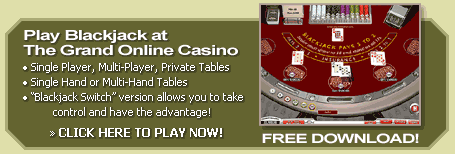Blackjack Card Counting Blackjack card counting is far more effective in handheld games than in multi-deck games and can be used by serious and recreational players alike. Blackjack card counting is far simpler than most people think. Most card counting methods have nothing to do with counting how many of each card has been played. For all but the most gifted keeping track of how many Kings and Eights had been played is impossible. Blackjack card counting relies on keeping a running high-low count for a few rounds. Of course the more decks that are being used means keeping the count going longer. The high-low count When you use the high-low count you do not need to worry about a multi-level count. Here is all you need to get started: In the High-Low card counting system, cards valued two through six count as +1. Cards that are valued seven through nine count as 0, and cards with a value of ten including aces count as -1. As the cards are dealt you will want to start the count remember to count the hole cards when they are turned over and when players receive additional cards. You will want to keep this count running from round to round until the dealer shuffles the deck at which point you start the count over. Once you have the count it is time to use it to your advantage. It is advisable to bet no more than 4 units. To bet accordingly, if the count is +3 you would want to bet three units on the next hand. There are some blackjack card counters that fear raising their bets to quickly as they do not want to be caught. In most casinos you will be playing with people that are routinely raising their bets quickly. Seeing other players doing this should dispel any worries that you may have. You may want to consider leaving a table if the high cards are not coming out and when the count is in positive territory over multiple shuffles (3 or more). What is happening is that there is a house bias being caused by the non-random shuffle. Resources: Double Down Chart | Hit and Stand Chart | Splitting Pairs Chart |



